Creativity.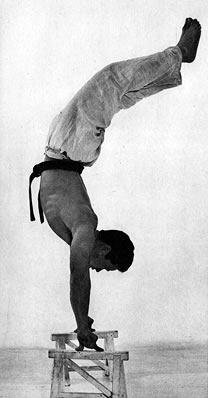
It’s a big word.
Are you afraid of it…
…or enthralled by it?
No matter what feelings the word ‘creativity’ invokes in you, there’s something you can’t deny:
Few things connect us so profoundly to the essence of human nature as tapping into our creative self.
Creativity is bliss.
From my experience, when I get into my ideal flow state – whether it’s performing a kata, fighting a live opponent or writing an article – I can lose complete track of time, space and logic.
It’s like entering into a parallel Universe.
Alas, the importance of this has always been known to great men in history:
“Imagination is more important than knowledge. Knowledge is limited. Imagination encircles the world.”
— Albert Einstein
“Art requires creativity. Creativity requires experience. Experience comes from your life. And your life is expressed in your art.”
— Bruce Lee
“There is no doubt that creativity is the most important human resource of all. Without creativity, there would be no progress, and we would be forever repeating the same patterns.”
— Edward de Bono
The list goes on.
“Okay,” you’re thinking.
“That’s cool, Jesse-san. But I’m not Einstein or Lee. I’m not an artist, painter or musician. I don’t need creativity, and I can’t command it to appear even if I need it!”
Wow.
So, let me break this down for you:
1. First of all, you don’t need a creative profession in order to harness the power of creative thinking. What are you having for dinner tonight? What clothes should you wear today? How can you get your kids to do their homework? What should you tell your boss when you’re late for work? All of this requires creativity.
2. Secondly, you already are an artist (a martial artist). Don’t forget this. Own it. The human body is your creative tool. Combat is your canvas. Create.
3. Lastly, the reason you often feel “uncreative” is simple: You don’t flex your creativity muscles (the specific neurological pathways associated with creative thinking) enough.
It’s literally THAT simple.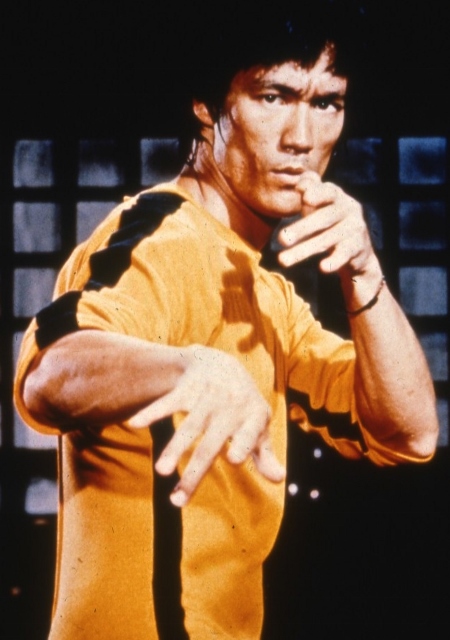
So, today I will show you 2 unique exercises I created to improve your creativity in Karate.
One for kata and one for kumite.
But first…
I understand this sounds like a paradox to some people.
“How can I be creative in Karate when so much is predefined and fixed?”
Here’s the thing:
Most of us haven’t been taught the right way to apply creativity in Karate.
You see, there exists a natural order of skill progression in Karate – and it makes no sense to attempt creative twists at the wrong stages (it could even be detrimental).
In Japanese, this concept is known as “Shu-Ha-Ri”.
You must first follow the rules (Shu), then break the rules (Ha), before you have the ability, and necessity, to create the rules (Ri). This is the life cycle of Karate mastery.
You should move gradually from ‘Waza’ (techniques) to ‘Ri’ (principles).
Why?
Because, contrary to McDojo™ belief, true creativity isn’t to flash a gazillion techniques (Waza) around. That’s just memorization and repetition. Like a parrot.
Real creativity comes from understanding and applying principles (Ri); the underlying mechanisms that govern what time, place and shape your technical expression takes.
Makes sense?
- Techniques are limited and local.
- Principles are infinite and universal.
Yet, one cannot exist without the other.
And they have to be learned in the correct order.
The day I personally understood this, my whole perception of Karate changed – and I was able to connect the seemingly unconnected in new and creative ways.
So…
With this in mind, let’s look at my 2 drills to boost your “creativity muscle” in Karate.
The first is through kata, and the second is through kumite.
Check ’em out:
1. Kata Creativity Challenge
This exercise is a challenge.
Simply grab a partner and challenge him/her to a “kata battle”.
(Those of you who attended KNX14 will recognize this one.)
This incredible exercise will not only increase your capacity for creative thinking, but also your motor intelligence and memory.
Here’s the concept:
- Person A does a free movement, starting from yoi (e.g. gyaku-zuki).
- Person B does the same movement, then adds another movement (gyaku-zuki, mae-geri)
- Person A repeats the sequence, then adds yet another movement (gyaku-zuki, mae-geri, uchi-uke)
- Person B repeats all movements, then adds yet another movement (gyaku-zuki, mae-geri, uchi-uke, tobi-geri)
- Etc. etc. etc. until any person a) forgets a movement or b) makes a mistake.
The idea is that you gradually create a kata together – by constantly adding the next movement, while keeping the previous movements in memory.
How many steps can you achieve before somebody loses? 5? 10? 25?
Try it.
The exercise will look wildly different depending on your skill level and experience.
I highly suggest you add some rules, like “You can’t copy the previous movement” or “You can’t use a movement more than two times” or “You must always do a new stance” and so on.
The more rules you have, the higher levels of creativity you’re developing.
Many people think rules and regulations “restrict” creativity. But that’s wrong.
There’s an inherent element of anarchy in all great creativity.
Rules spur creativity!
“Art lives from constraints and dies from freedom.”
— Leonardo da Vinci
2. Kumite Creativity Challenge
Next up is kumite.
So for this exercise you will need a partner too.
The idea is simple, and somewhat similar to the kata challenge:
- Person A attacks person B with a free attack.
- Person B responds with a free defense/counter.
- Person B then attacks person A.
- Person A responds with a free defense/counter.
- Etc. etc. etc. back and forth until any person a) messes up or b) repeats himself/herself.
Get it?
For this exercise, it’s safest to start by always doing the same attack (but varying the responses) and going slowly in the beginning.
Then you can mix it up with various attacks – and various speeds.
A much more challenging variation is to always do the same defense, but constantly vary the attacks instead.
This exercise develops a VERY high level of martial skill – including the mental capacities of creativity, perception, fortitude and intuition.
Personally, I suggest you start with the kata challenge (#1) before you go to the kumite challenge (#2), especially if you teach these in class.
Try it!
____________
And that’s it for today.
What do you think?
Is creativity something you struggle with? Does it make you happy? Will you try my exercises? Would you like to be more creative in Karate – and life?
Comment & let me know.
Thanks.
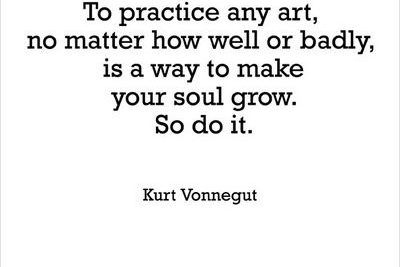
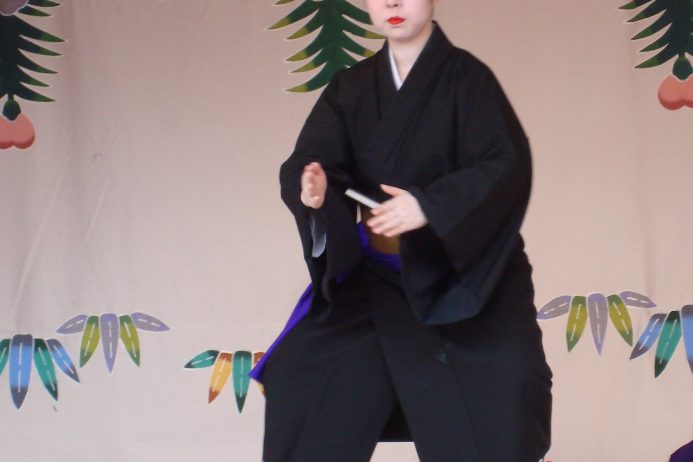
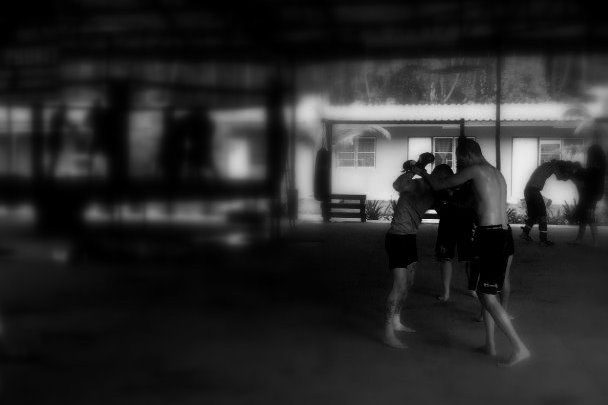
25 Comments